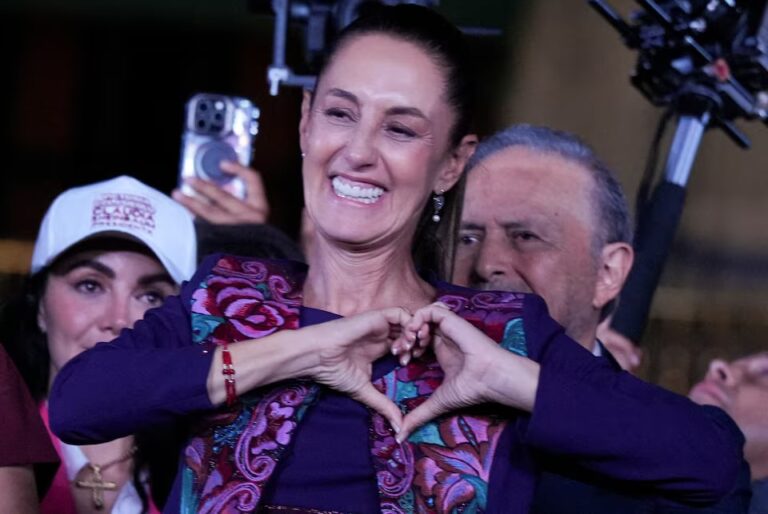 As we navigate through the shifting sands of America’s economy, the resilience of its youth remains a beacon of hope and potential. Despite the current economic challenges highlighted by recent statistics—rising Consumer Price Index (CPI), increasing costs of living, and soaring rents and home prices—the fundamental strengths of America continue to offer a fertile ground for dreams and achievements. The essence of the American spirit, underscored by the enduring wisdom of its civil rights leaders, reminds us that perseverance is not just an option but a necessity.
As we navigate through the shifting sands of America’s economy, the resilience of its youth remains a beacon of hope and potential. Despite the current economic challenges highlighted by recent statistics—rising Consumer Price Index (CPI), increasing costs of living, and soaring rents and home prices—the fundamental strengths of America continue to offer a fertile ground for dreams and achievements. The essence of the American spirit, underscored by the enduring wisdom of its civil rights leaders, reminds us that perseverance is not just an option but a necessity.
Recent data paints a sobering picture of the American economy. The CPI, a measure reflecting the average change over time in the prices paid by urban consumers for a market basket of consumer goods and services, has been on a steady climb, indicating heightened inflationary pressures. In the past year alone, the CPI rose significantly, affecting the purchasing power of the average American household.
Compounding the issue, the cost of living has outpaced wage growth in many parts of the country. This discrepancy is felt most acutely in the housing market. Rental prices have surged, making it increasingly difficult for young people to find affordable housing. Similarly, the dream of homeownership is becoming elusive for many, as home prices continue to escalate, driven by low inventory and high demand.
Despite these challenges, it is crucial to remember the resilience and potential that characterize the American narrative. The nation’s economy, while facing headwinds, is supported by a robust technological infrastructure, a dynamic entrepreneurial environment, and a diverse workforce. Opportunities for innovation and growth abound, particularly in emerging sectors like green energy, technology, and healthcare.
In times of adversity, the voices of America’s civil rights leaders ring with renewed relevance. Martin Luther King Jr. once said, “The ultimate measure of a man is not where he stands in moments of comfort and convenience, but where he stands at times of challenge and controversy.” This reminder serves as a powerful motivator for today’s youth, encouraging them to persevere and strive for their personal and collective goals despite economic hardships.
Rosa Parks, another pivotal figure, demonstrated that enduring change often requires enduring struggle. Her famous decision to remain seated was not just about a bus but was a profound statement about dignity and rights, echoing the importance of standing firm in one’s beliefs and rights, even when the economic currents are against us.
The current economic scenario, while daunting, should not deter the American youth. Instead, it should serve as a catalyst for innovation and a call to action. By embracing education, advocating for sensible policies, and engaging in community and national dialogues, young Americans can help steer the economic future towards greater equality and opportunity.
America, with all its challenges, remains a land of opportunity. The journey towards economic recovery and stability may be fraught with hurdles, but it is also laden with possibilities. The lessons imparted by our civil rights leaders continue to inspire and guide us. Their calls for persistence, coupled with a proactive approach to tackling economic issues, can help ensure that the American Dream remains vibrant and achievable for all.
In embracing this spirit of endurance and optimism, the youth of America can and will forge a path through the economic tumult, towards a future as bright as the values upon which this great nation was founded. Let us then proceed with courage, guided by the enduring words of those who walked before us, as we navigate these challenging times together.
 Mexico Celebrates Historic Election: First Female President Takes Office
Mexico Celebrates Historic Election: First Female President Takes Office

 As we navigate through the shifting sands of America’s economy, the resilience of its youth remains a beacon of hope and potential. Despite the current economic challenges highlighted by recent statistics—rising Consumer Price Index (CPI), increasing costs of living, and soaring rents and home prices—the fundamental strengths of America continue to offer a fertile ground for dreams and achievements. The essence of the American spirit, underscored by the enduring wisdom of its civil rights leaders, reminds us that perseverance is not just an option but a necessity.
As we navigate through the shifting sands of America’s economy, the resilience of its youth remains a beacon of hope and potential. Despite the current economic challenges highlighted by recent statistics—rising Consumer Price Index (CPI), increasing costs of living, and soaring rents and home prices—the fundamental strengths of America continue to offer a fertile ground for dreams and achievements. The essence of the American spirit, underscored by the enduring wisdom of its civil rights leaders, reminds us that perseverance is not just an option but a necessity.


